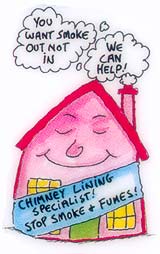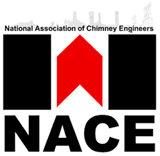Stainless Steel Lining
STAINLESS STEEL FLEXIBLE LINING SYSTEMS
Semi flexible Stainless steel liners are installed on a regular basis, These are installed to serve Solid fuel /wood burning, Gas, Oil appliances,
Chimneyline Installs Hetas approved 316 & 904 grade flexible stainless steel lining systems in accordance with Building regulations Document J.
All stainless steel liners whilst Inert (on the shelf) and not installed can be considered guaranteed for their selective life spans, When installed and connected to an Appliance/Stove
and where for instance coal or smokeless fuel is burned subsequent deposits of Bituminous Sulphate/Sulfuric Acid will be produced potentially in large quantities where such fuels are used for long periods, production of such acids will have a destructive impact on a liner lowering its lifespan dramatically.
As a result of the above Chimneyline cannot and will not be held responsible for the deterioration of any lining system compliantly installed that subsequently once commissioned and in use by the customer then fails due to fuel miss use, any such failure or deterioration must be taken up directly with lining system manufacturer who will have issued the original guarantee.
Conditions apply to validate a guarantee as follows
General conditions which apply:
- The chimney must be cleaned twice annually by a suitably qualified chimney sweep.
- Only burn approved fuels.
- No household refuse or plastic.
- It is advisable that only the fuel recommended by the appliance manufacturer be used.
Ventilation.
If the appliance has a heat output of more than 5KW an air vent to outside wall would be required, This would be calculated when an appliance has been decided on as they all have varied outputs. (550mm2 per KW above 5KW output)
If there is a wood suspended floor in the room, This would have underfloor ventilation, A floor vent could be fitted, This would be an alternative to a hole in the wall.
Flexible Liners and Slumbering
Flexible liners, whilst being easier to install and replace, are not designed to last the life of the building, but may (when using the appliance correctly) last in excess of 10 years. Long periods of slumbering and/or infrequent chimney sweeping can cause corrosion damage which has been known to reduce the expected life of a flexible metal flue liner to less than five years.
The efficiency and life expectancy of any chimney is dependent upon correct use and maintenance. Masonry and pre-cast chimney products – whilst usually offering long life and high resistance to risk of corrosion – tend to involve more installation work when compared with metallic chimney systems.
Metal liners and insulated metal chimneys offer fast and convenient installation. However, they can be less resistant to damage by corrosion, particularly if subjected to abuse or inadequate cleaning. Allowing soot or condensate deposits to accumulate in metal lined chimneys and also prolonged periods of burning in slumbering conditions, particularly on closed appliances, can cause high concentrations of corrosive condensates to build up and attack the metal liner. This situation can not only considerably reduce the life of the flue lining, but can also invalidate the manufacturer’s warranty.
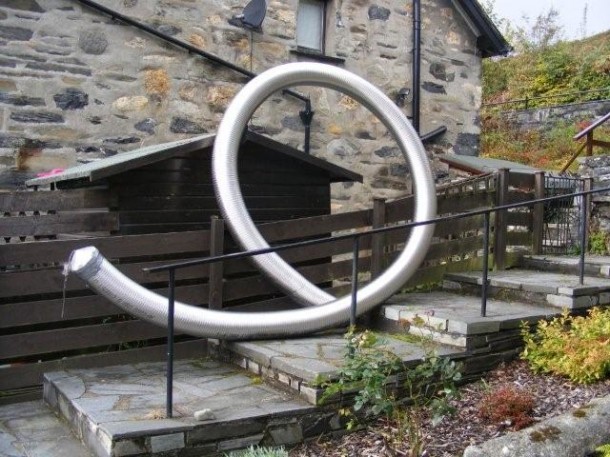
Stainless Steel liner cut to length required
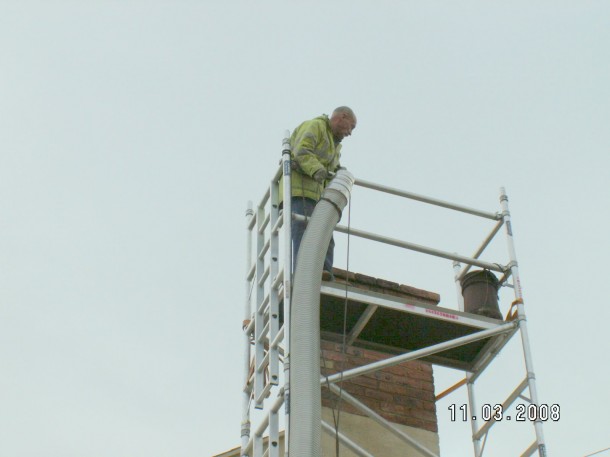
The liner is always installed from the top of the chimney
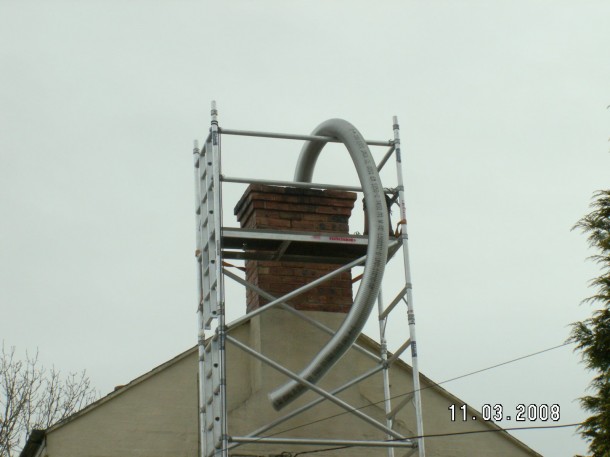
The liner is always installed from the top of the chimney
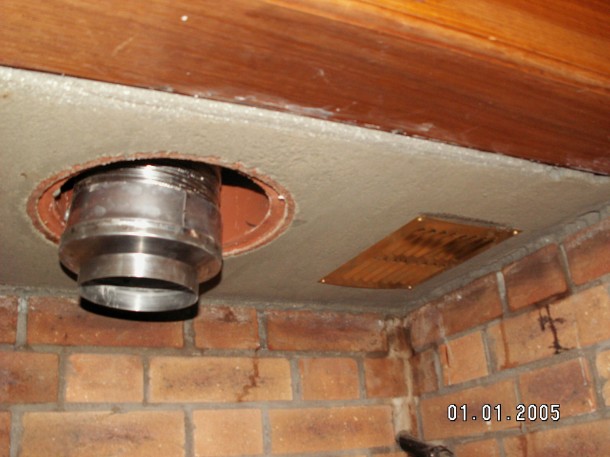
Concrete base to chimney
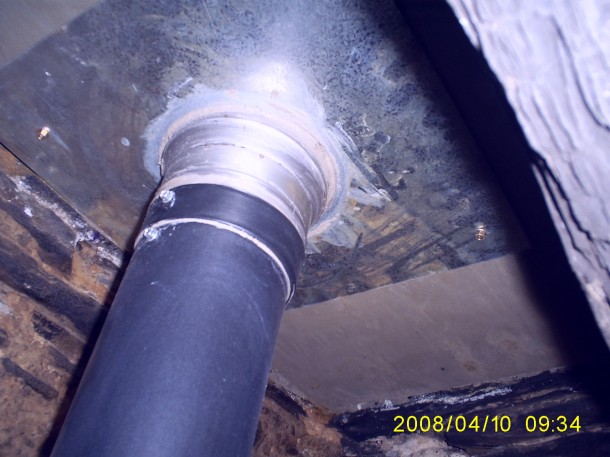
Another concrete base
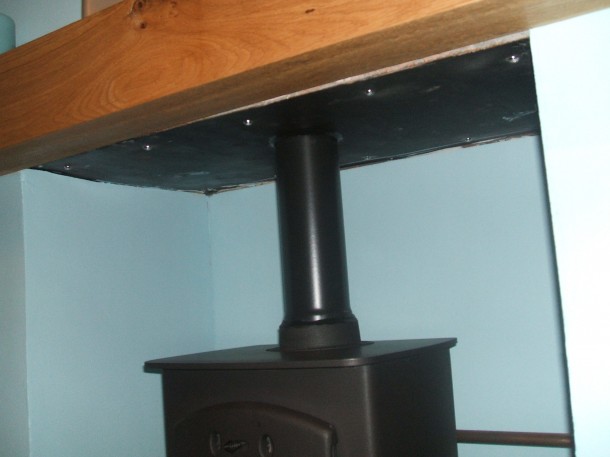
Steel Base to chimney
